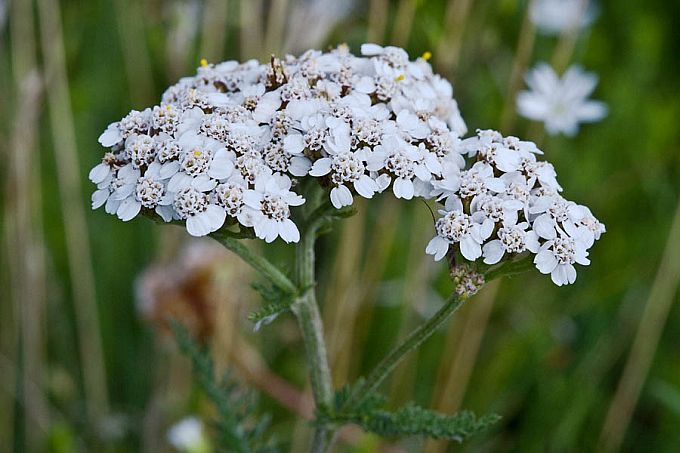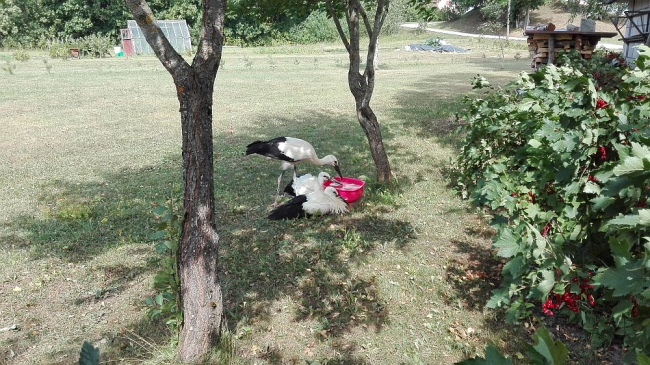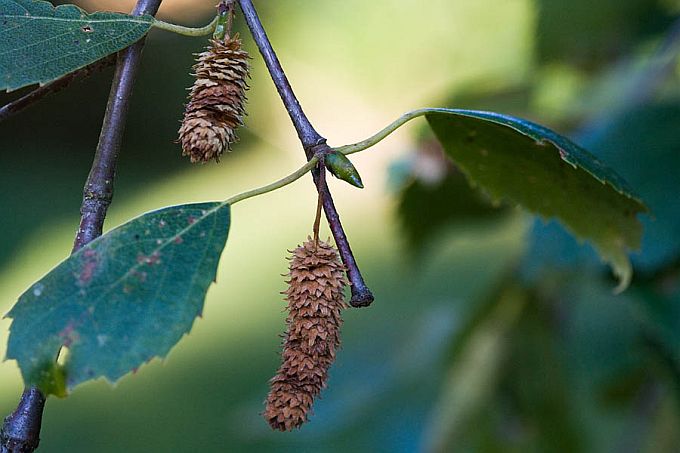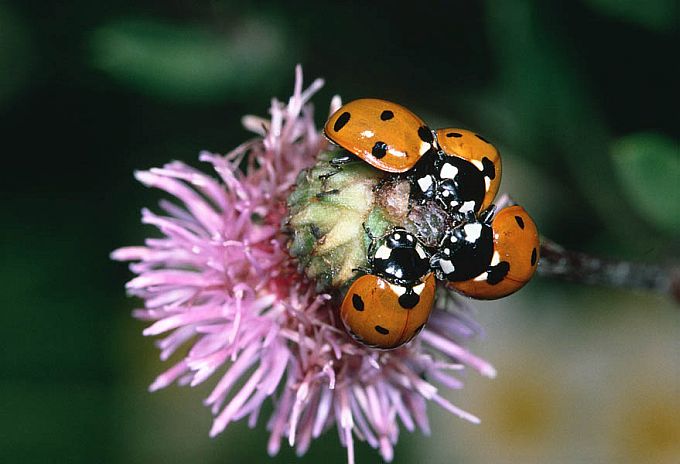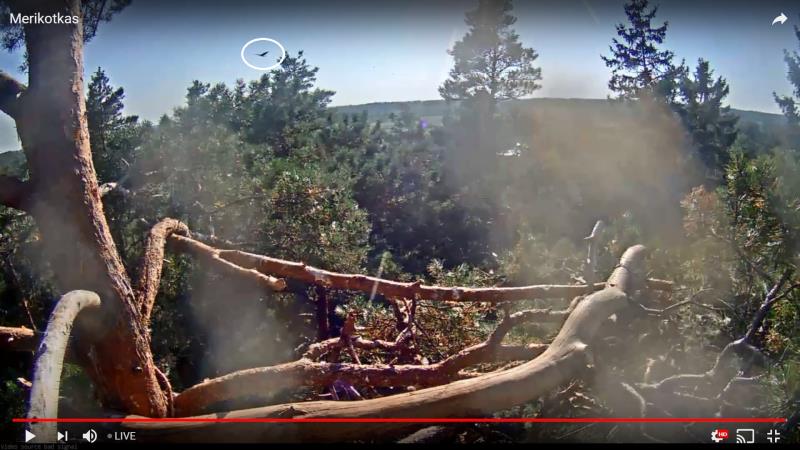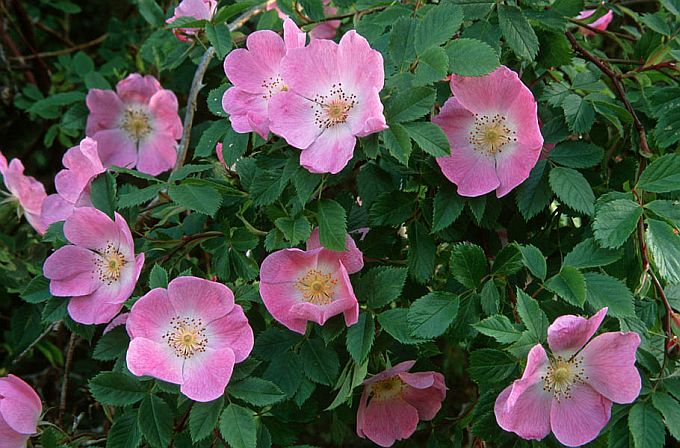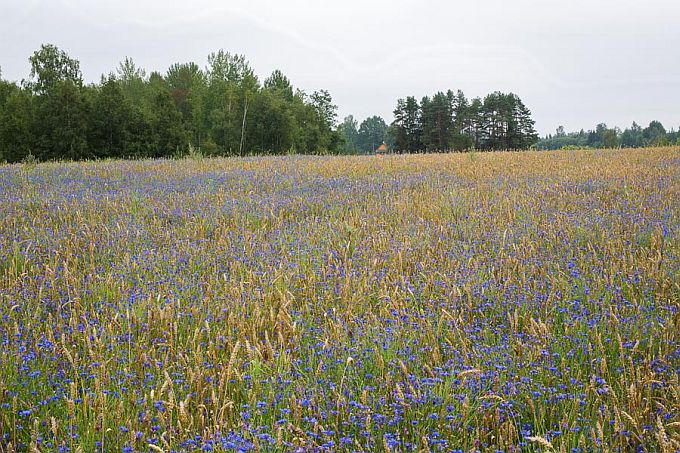Looduskalender in Vikerraadio: Tansy
The author, Kristel Vilbaste, also posts texts in Vikerraadio
Photo: Arne Ader
Translation into English by Maret
Estonian text posted 02.08.2018
Tansy
Nature is gradually starting to turn yellow. Not only birch leaves and harvested grain fields, but a powerful plant with yellow flowers is now in bloom - tansy.
You find it just about everywhere: roadsides, seasides, and right now there are masses of it on the idle fields around the Estonian National Museum (Eesti Rahva Muuseum).


